Syria / الجمهورية العربية السورية – Let’s explore here
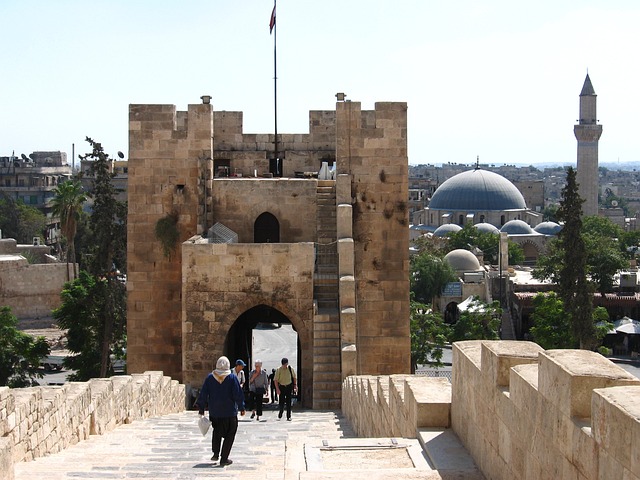
What’s it like in Syria?
Syria is a beautiful country full of mountains, deserts and fertile plains, in western Asia. It’s located own the Mediterranean coast, and the highest point is Mount Hermon, at 9,232 ft (2,814 m) above sea level.
It’s home to some of the oldest continuously inhabited settlements in the world, as well as the first farmers. It has a very long, rich and troubled history. Its neighbours include Iraq, Israel, Jordan, Lebanon and Turkey.
The population of Syria is around 23 million people (2023), with about 10% living in the capital, Damascus.
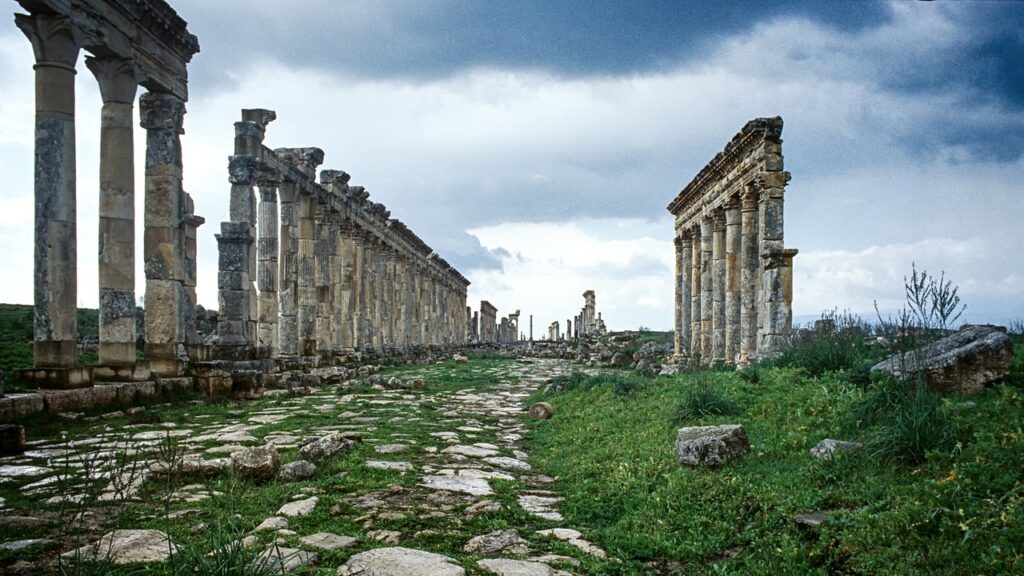
A bit about the history of Syria
Ancient and Classical Period
Syria has a rich history dating back to ancient times, playing a key role in early civilisations. The region was home to several ancient cultures, including the Sumerians, Akkadians and Phoenicians. Cities like Ugarit, Ebla and Palmyra became important centers of trade, culture and religion. In the 1st millennium BC, the area was part of the ancient kingdoms of Israel, Judah, and Aram before being conquered by empires such as the Assyrians, Babylonians and Persians. In the 4th century BC, Syria became part of the Hellenistic Empire under Alexander the Great and later the Roman Empire.
Islamic Period
In the 7th century CE, Syria became part of the expanding Arab Caliphate, and Islam became the dominant religion. Damascus, the capital of Syria, became the center of the Umayyad Caliphate from 661 to 750. After the fall of the Umayyads, Syria came under the rule of various Islamic dynasties, including the Abbasids and the Mamluks. By the 16th century, Syria was part of the Ottoman Empire, where it remained for over 400 years, experiencing relative stability but also periods of political and economic decline.
French Mandate and Independence
Following World War I and the collapse of the Ottoman Empire, Syria was placed under French control by the League of Nations as part of a mandate system. Syrian nationalists resisted French rule, leading to several uprisings. After years of struggle, Syria gained independence in 1946, becoming a sovereign state.
Post Independence Period
Syria’s early post independence years were marked by political instability, with a series of coups and short lived governments. In 1963, the Syrian Arab Socialist Ba’ath Party came to power, and a coup in 1970 brought Hafez al-Assad to the presidency. Under Assad’s rule, Syria became a single-party state, and the regime was characterised by strong centralised control, political repression, and involvement in regional conflicts.
Hafez al-Assad’s Rule
Hafez al-Assad ruled Syria from 1970 until his death in 2000. During his leadership, Syria gained influence in the Arab world, particularly through its involvement in the Lebanese Civil War and its position on the Arab-Israeli conflict. However, his rule was also marked by political repression, with limited political freedoms and significant opposition movements being crushed, such as the 1982 Hama massacre.
Bashar al-Assad’s Rule
Bashar al-Assad, the son of Hafez al-Assad, succeeded his father in 2000. Initially, there were hopes for reform, but Assad’s regime continued to be authoritarian. Economic difficulties, corruption and the suppression of political dissent led to widespread discontent. In 2011, the Arab Spring protests sparked a civil war between government forces and various opposition groups.
The Syrian Civil War involved multiple factions, including the Syrian government, opposition groups, Kurdish forces, and Islamist militants, as well as foreign interventions by countries like Russia, the United States and Turkey. The conflict has caused immense human suffering, with hundreds of thousands killed and millions displaced. After years of brutal conflict, Bashar al-Assad was overthrown, marking a pivotal moment in Syria’s history.
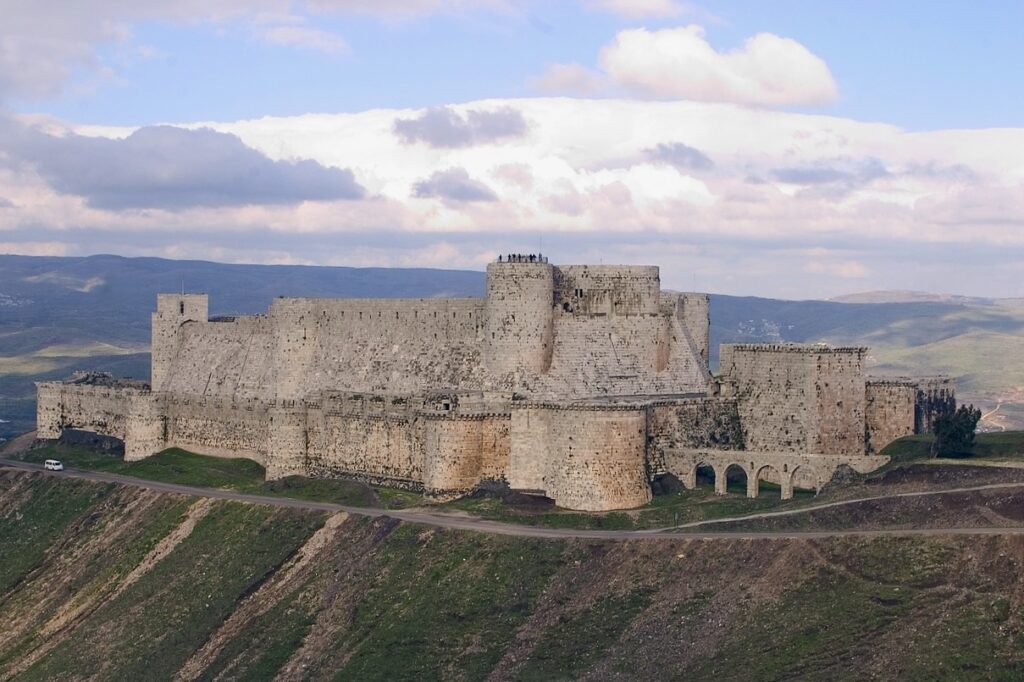
Syria road trip
We haven’t finished our planning for our road trip through Syria yet. When we do though, we’ll post it here, and in the blog.
Hopefully our journey will improve our knowledge of this intriguing and beautiful country, and enable us to meet some interesting people. We’ll be updating this page at that time – don’t forget to check back 🙂
Map of Syria
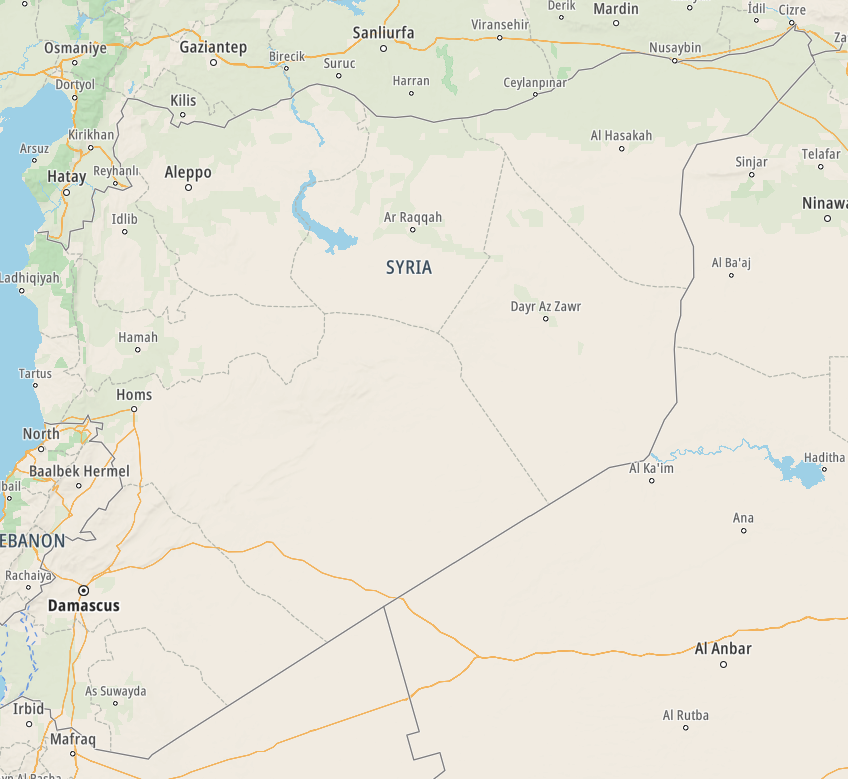
What’s it like to drive in Syria?
They drive on the right hand side of the road in Syria. In the main, roads are quite poor, however many are unsurfaced dirt tracks. Driving standards are also quite poor.
Do you require an international driving permit in Syria?
We’ve created a dedicated page to driving abroad, which answers this question, and more, which you might find helpful.
Can you use your UK driving license when driving through Syria?
We’ve created a dedicated page to driving abroad, which answers this question, and more, which you might find helpful.
Do I need a carnet de passages to drive in Syria?
We’ve created a dedicated page to driving abroad, which answers this question, and more, which you might find helpful.
What currency do they use in Syria?
In Syria they use the Syrian pound, although US dollars are also widely accepted. Cash is widely used. The use of foreign issued credit / debit cards is not accepted. Travellers cheques are not accepted. There are many ATMs in cities and towns throughout the country, although due to ongoing sanctions foreign issued cards are not accepted.
You should make yourself aware of the amount that your bank charges you for using credit and debit cards abroad. Often credit cards are cheaper for purchasing items directly, and for withdrawing cash from ATMs.
What language do they speak in Syria?
They speak Arabic in Syria, although on the East, they tend to speak Kurdish. English is also quite widely spoken.
What time zone is Syria in?
Remember, when you’re planning your next trip to take a look at what time zone it’s in.
Do I need a visa to visit Syria?
We’ve created a dedicated, more comprehensive page on visas, which you should find helpful. Check it out!
Is wild camping legal in Syria?
Yes, wild camping is fine in Syria.
What plug / socket type do they use in Syria?
In Syria they use plug / socket types C, E and L.


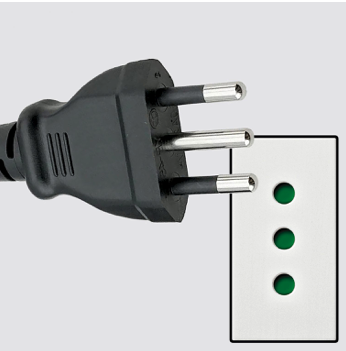
Health issues in Syria
Is it safe to drink water in Syria?
No, it is not safe to drink tap water in Syria. Bottled water is readily available throughout the country.
What vaccinations are required for Syria?
This NHS website is kept up to date with all relevant information on vaccinations in Syria.
Phones in Syria
What is the country calling code for Syria?
The country calling code for Syria is +963
What are the emergency phone numbers in Syria?
- The emergency number for police in Syria is: 112
- In Syria, the emergency number for ambulance is: 110
- The emergency number for fire in Syria is: 113
If you’ve got some useful info that you’d like to share, let us know!
And don’t forget to check out all the other pictures!
